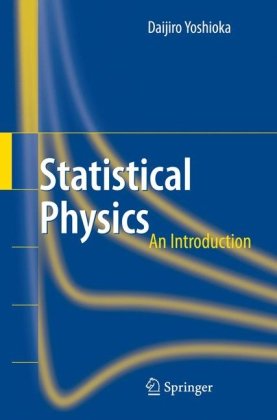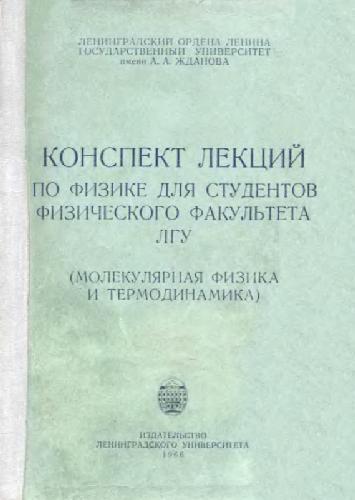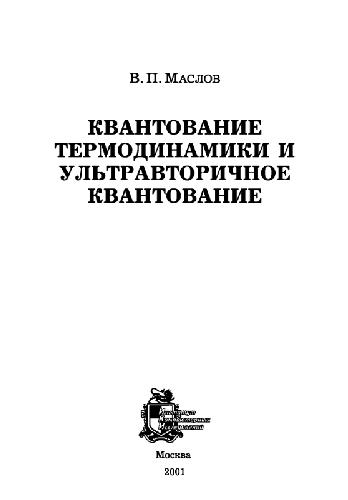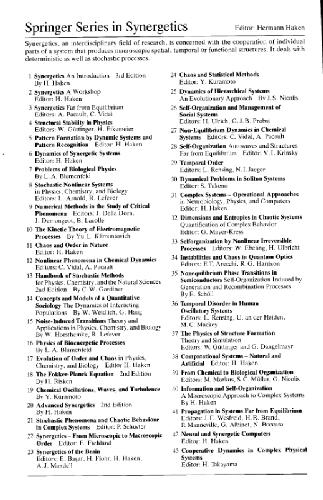Daijiro Yoshioka3-540-28605-5, 978-3-540-28605-9
A macroscopic system consists of a tremendous number of microscopic atoms and molecules. In thermal equilibrium the state of such a system is uniquely defined, despite the fact that the microscopic particles behave quite randomly. This observation gives rise to the fundamental law of the statistical physics; it allows entropy to be defined and a framework for the theory to be constructed but cannot be derived form quantum mechanics or force laws. Introduction to Statistical Physics seeks to explain the laws of the macroscopic level to undergraduate students learning them for the first time. The first part of this book explains the essence of statistical physics without going into details such as Liouville’s theorem or ergodic theorem, which are difficult for beginners and unnecessary for actual application of the statistical mechanics. In the second part, statistical mechanics ?s applied to various systems which look different but have the same mathematical structure, in particular, features applications to quantum dynamics, thermodynamics, Ising model and statistical dynamics of free spins. Advanced topics in phase transitions and dense gases conclude the text, plus helpful appendices. |
Table of contents :
Statistical Physics……Page 1
Contents……Page 7
Symbols and Fundamental Constans……Page 11
Part I – General Principles……Page 13
1 Thermal equilibrium and the Principle of Equal Probability……Page 14
2 Entropy……Page 33
3 The Partial Function and the Free Energy……Page 44
Part II – Elementary Applications……Page 54
4 Ideal Gases……Page 55
5 The Heat Capacity of a Solid, and Black-Body Radiation……Page 75
6 The Elasticity of Rubber……Page 90
7 Magnetic Materials……Page 95
Part II – More Advanced Topics……Page 118
8 First-Order Phase Transitions……Page 119
9 Second-Order Phase Transitions……Page 136
10 Dense Gases – Ideal Gases at Low Temperature……Page 149
Part IV – Appendices……Page 184
A Formulas Related to the Factorial Function……Page 185
B The Gaussian Distribution Function……Page 187
C Lagrange’s Method of Undertermined Multipliers……Page 191
D Volume of a Hypersphere……Page 193
E Hyperbolic Functions……Page 195
F Boundary Conditions……Page 197
G The Riemann Zeta Function……Page 200
References……Page 202
Index……Page 203 |







Reviews
There are no reviews yet.